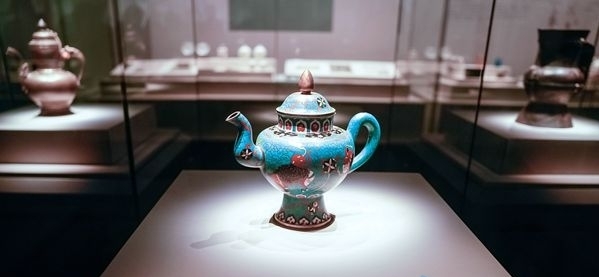‘The Tea Road’ kicks off in Hunan Museum
On the morning of March 21, the exhibition of “The Tea Road” kicked off in Hunan Museum.
This exhibition represents the tea trade road with more than 300 pieces of cultural relics gathered from 16 relevant cultural relic protection institutions.
It consists of four parts, introducing the history of Chinese tea and the profound tea culture, the process of tea trade along the Tea Road, the importance of the Tea Road as a channel for exchanges and mutual learning between Eastern and Western civilizations, and the significance of applying for World Cultural Heritage of the Tea Road.
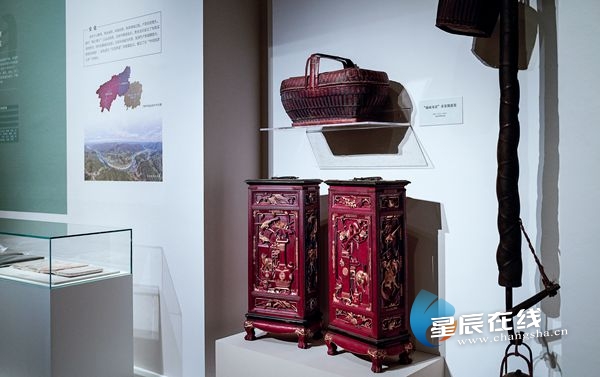
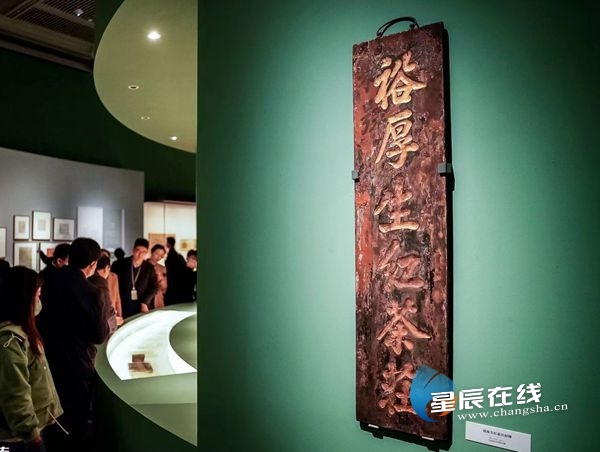
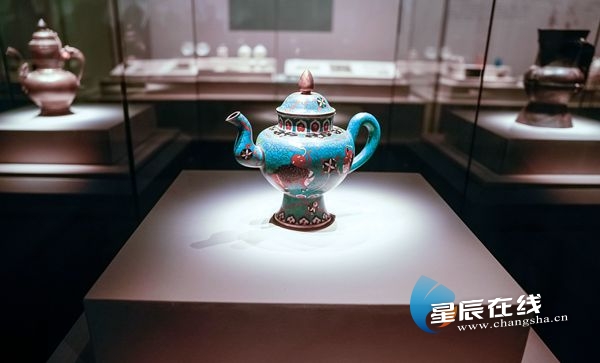
From the 7th century to the early 20th century, Chinese tea was sold to Mongolia, Russia and other European countries through eight provinces of Fujian, Jiangxi, Anhui, Hunan, Hubei, Henan, Shanxi, Hebei and Inner Mongolia Autonomous Region via the Tea Road, with a total length of more than 14,000 kilometers.
The Tea Road is an important international trade channel in the Eurasian continent besides the Silk Road. It is also an important cultural route, which has a profound influence on the commerce, culture and life style of all places along the road.
In March 2019, the Tea Road was officially included in the Preliminary List of China’s World Cultural Heritage by the State Administration of Cultural Heritage. As an important part of the Belt and Road Initiative, the Tea Road impresses people with unique cultural value for its profound tea history and tea culture.
The exhibition is open to the public free of charge in the second special hall on the first floor of Hunan Museum from March 21 to May 7, 2023. For the specific appointment and other exhibition information, please pay attention to the official Wechat account of Hunan Museum.
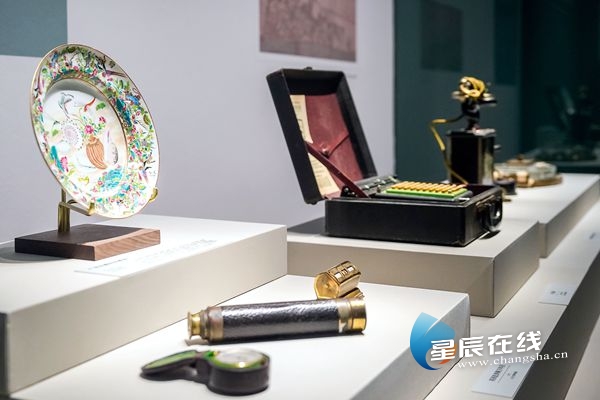
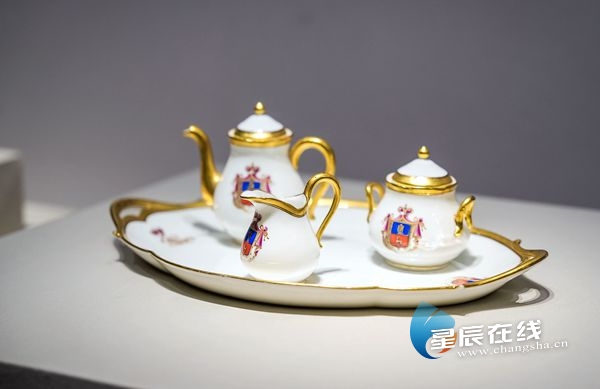
The first part of the exhibition introduces the history of Chinese tea and profound tea culture. China is the hometown of tea and the first country to find and drink tea in the world. Tea is essential for the ancient important ceremonies, commercial trade, literati gathering and daily life in China.
With the prosperity of the Maritime Silk Road and the tea sales during Ming and Qing dynasties, Chinese tea culture has been gradually spread to the world. It has been integrated into the life of people everywhere as the results of the Chinese material and spiritual civilizations.
The second part shows the planting, processing, distribution and transportation of the exported tea along the Tea Road, reproducing the development of the tea trade road. The Tea Road connects the core areas of the farming civilization and the steppe nomadic civilization in the north-south direction of the Asian continent, and extends to Central Asia and Eastern Europe, witnessing the prosperity of Chinese tea in international trade.
The third part highlights the importance of the Tea Road as a channel for exchanges and mutual learning between Eastern and Western civilizations. Chinese and foreign tea traders planted, purchased and processed tea in Wuyi Mountain, Anhua, Wuyuan, Yangloudong, etc., set up tea stores and guildhalls in such transport nodes as Hankou, Shedian and Zhangjiakou, and opened tea shops and warehouses in Guihua, Kulun and so on.
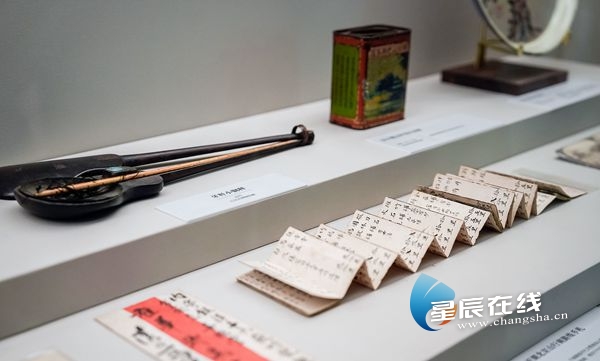
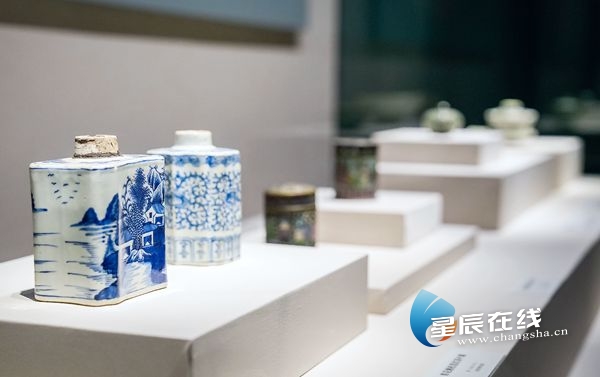
The caravan in China set off with Chinese goods such as tea, cloth, silk, pottery and porcelain, and came back with Russian and Mongolian goods like fur, medicinal materials, dried fruits and handicrafts. The Tea Road has promoted the material and cultural exchanges between the farming civilization and the steppe nomadic civilization.
The fourth part reviews the process of applying for World Cultural Heritage of the Tea Road and emphasizes the great significance of the transnational application. The overseas route of the Tea Road basically coincides with the Steppe Road drawn by Mongolia and the Siberian Passage of Russia, which promotes the cultural exchanges and cooperation among China, Mongolia and Russia.
It is of great practical significance to carry out the investigation, research, protection and application of the World Cultural Heritage of the Tea Road for gathering cultural heritage resources related to the Tea Road in the eight provinces and one autonomous region and promoting the all-round strategic cooperation among China, Mongolia and Russia.

 Print
Print

